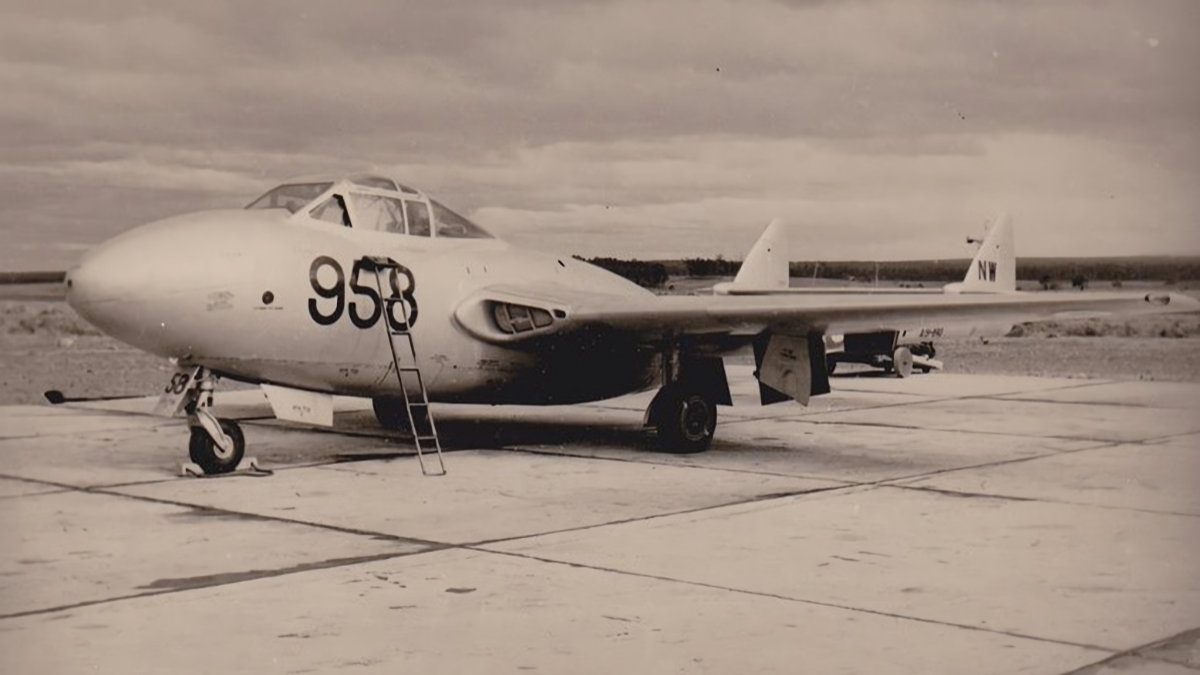Tag: RoyalAustralianNavy
-
de Havilland Sea Vampire in Australian Service

de Havilland Sea Vampire in Australian Service In preparation for the arrival of the de Havilland Sea Venom, the Royal Australian Navy required an aircraft to enable pilots to transition from the Hawker Sea Fury. With de Havilland Australia already producing the Vampire T.33 for the RAAF, the RAN ordered five Sea Vampire T.34 trainers.… Read more
-
Supermarine Seagull V

Supermarine Seagull V The Supermarine Seagull V was initially developed as a private venture in response to a Royal Australian Air Force (RAAF) request for an observation seaplane to be catapult-launched from cruisers. The Seagull V resembled the proceeding Supermarine Seagull III in general layout. Although construction commenced in 1930, the aircraft was delayed by… Read more
-
Australian National Maritime Museum

Australian National Maritime Museum Covering Australia’s maritime history from pre-colonial times to the present, the Australian National Maritime Museum in Sydney has an excellent collection of ships and artefacts on display. The most obvious displays are the ships and boats of the heritage fleet docked on Darling Harbour, but those inside also deserve a lot… Read more